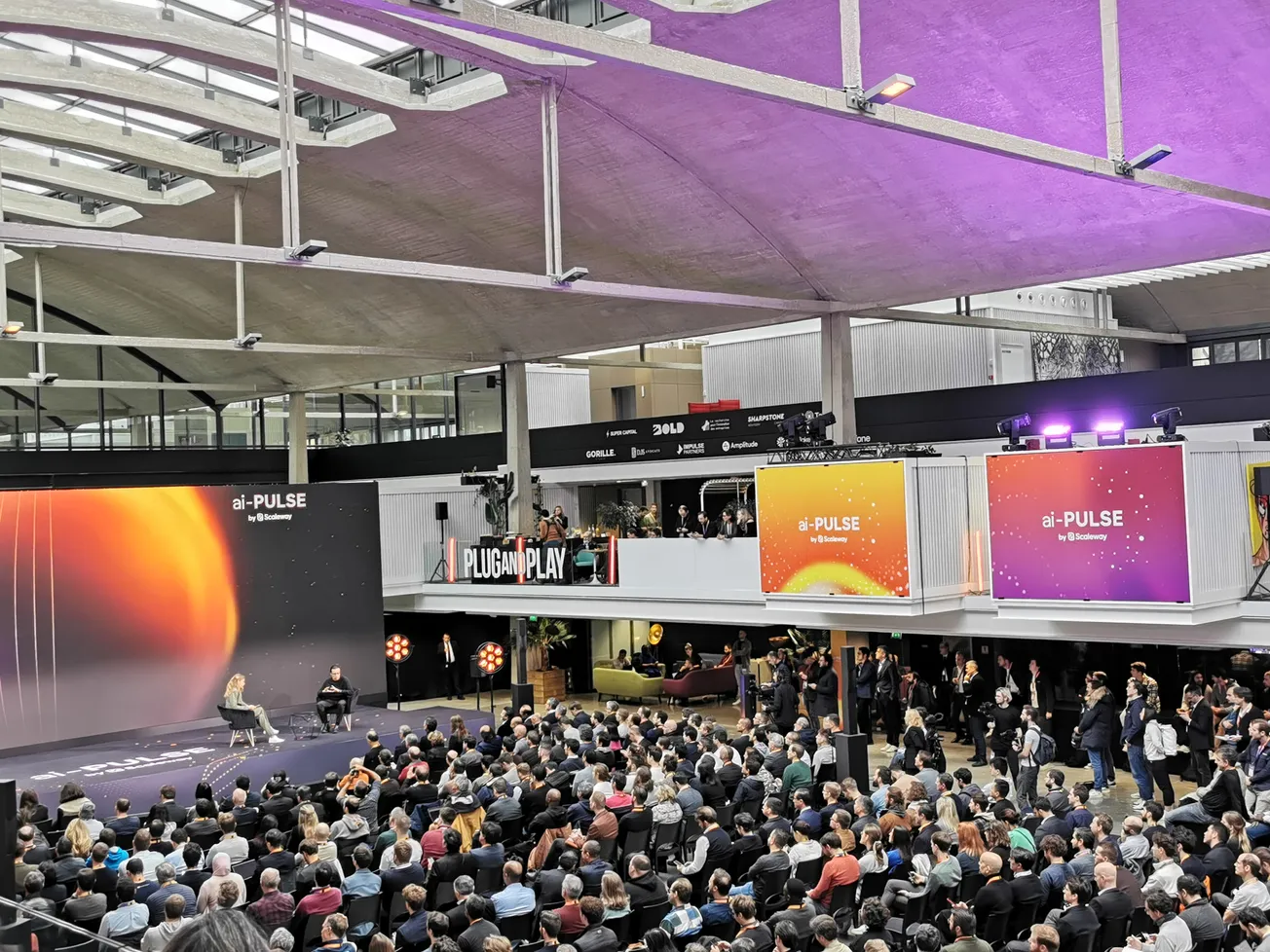ai-Pulse 2024: France Stakes Claim To Be Europe's AI Power Player
The event explored the future of AI infrastructure, models, and economics. But the underlying theme: France's ambition to be Europe's leading AI hub.

Latest

🇫🇷 French Tech Wire: The Little Gaming Studio Behind French Tech's Biggest 2025 Story
Mistral AI raising a bajillion euros? Unicorns rising and falling? Whatever. Nobody in French techland had a bigger year than the small but mighty Sandfall Interactive studio, whose indie game Clair Obscur: Expedition 33 became a global smash. Also: Verkor powers up its gigafactory dreams.

Clair Obscur: How France's Sandfall Interactive Made the World's Best Video Game of 2025
The Montpellier-based studio stunned the industry when Clair Obscur: Expedition 33 swept The Game Awards with a record nine wins. It is French tech's biggest global success of the year, proving that a small French studio can outperform the industry's biggest players.

🤖 La Machine #55: Chasing UMA's Robotic Dreams From Tesla to Paris
UMA believes Europe—not Silicon Valley—is the best place to build the robots of tomorrow. LightOn's revenue prospects grow dim. France's defense and security are all about sovereignty when it comes to AI. Except when they are not. And an un-AI commercial goes viral for being, well, not AI.

From Tesla to Paris: UMA's Audacious Bet on European Robotics
A new French startup believes Europe—not Silicon Valley—is the best place to build the robots of tomorrow.


